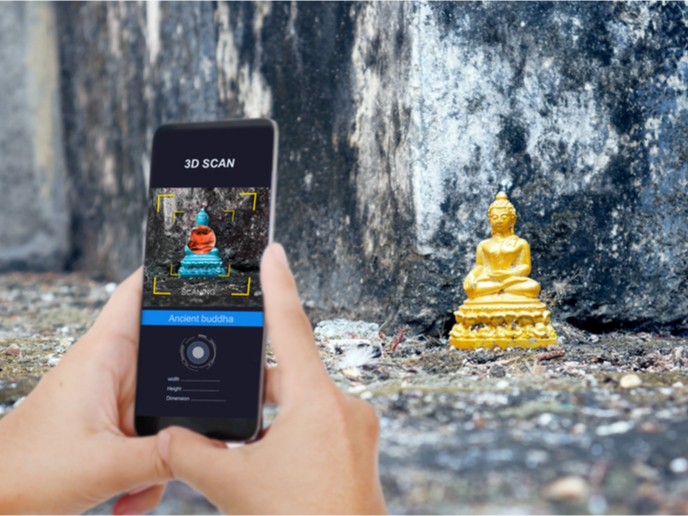"Stand out from the crowd" with automated surveillance
The system developed by the project "Annotated Digital Video for Surveillance and Optimised Retrieval" (Advisor) uses multiple cameras with overlapping fields of view. The intelligent system classifies the moving areas of the collected images in order to decide whether the movement corresponds to a person or group of people. Further processing uses an algorithm to combine the data from all the cameras in order to track groups or individuals as they move around the site. The frame-to-frame tracking module of the system uses modified algorithms that the project has developed to take account of people moving from one camera's view into another. The system also includes new software, called the behaviour recognition module, that is able to categorise the activities observed in the images and then store the images along with annotations that describe the activities. This system makes searching the database for individuals or groups exhibiting a certain kind of behaviour much easier. The system uses the eXtended Mark-up Languge (XML) web language, the successor to HTML, to exchange the complex data between the image processing, movement tracking and behaviour recognition modules. XML is also used in setting up context information for each camera, specifying areas of interest and behaviours to recognise within the 3D scene within the camera's field of view.







